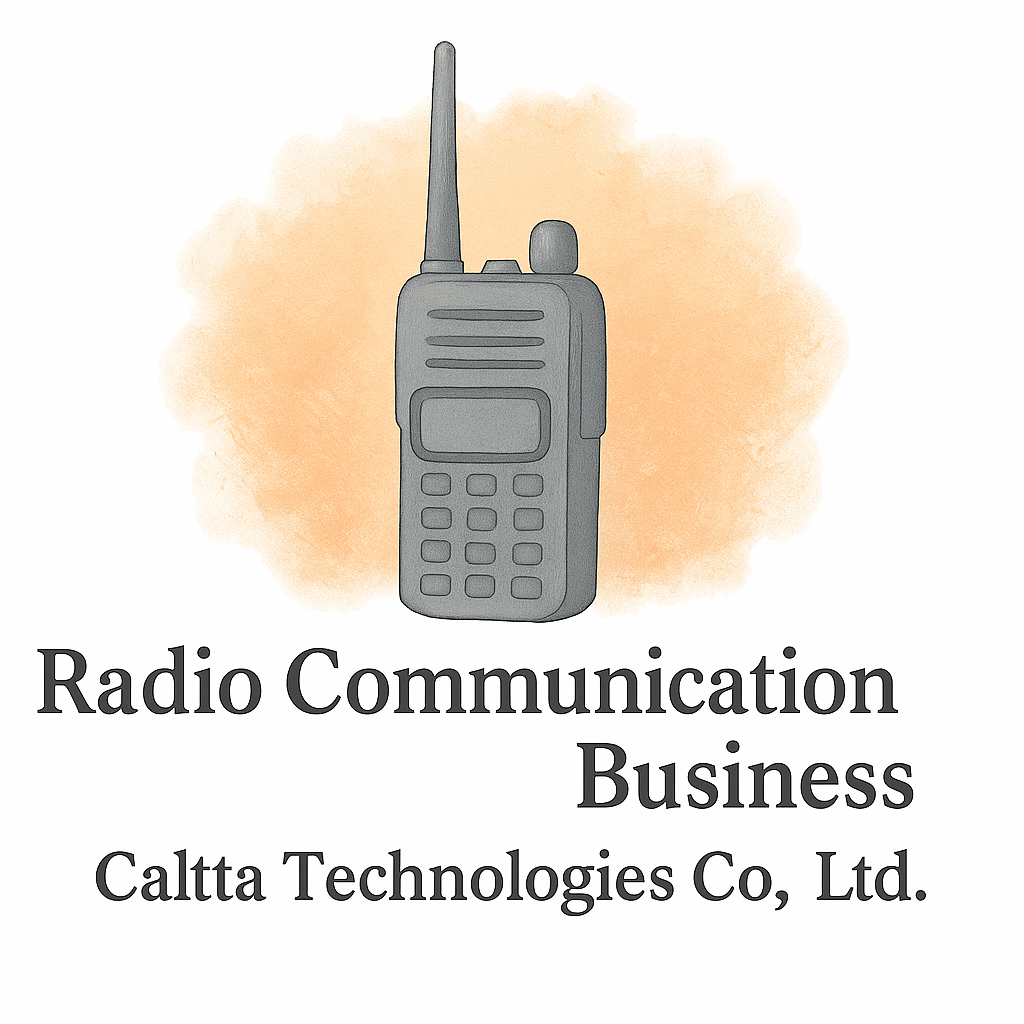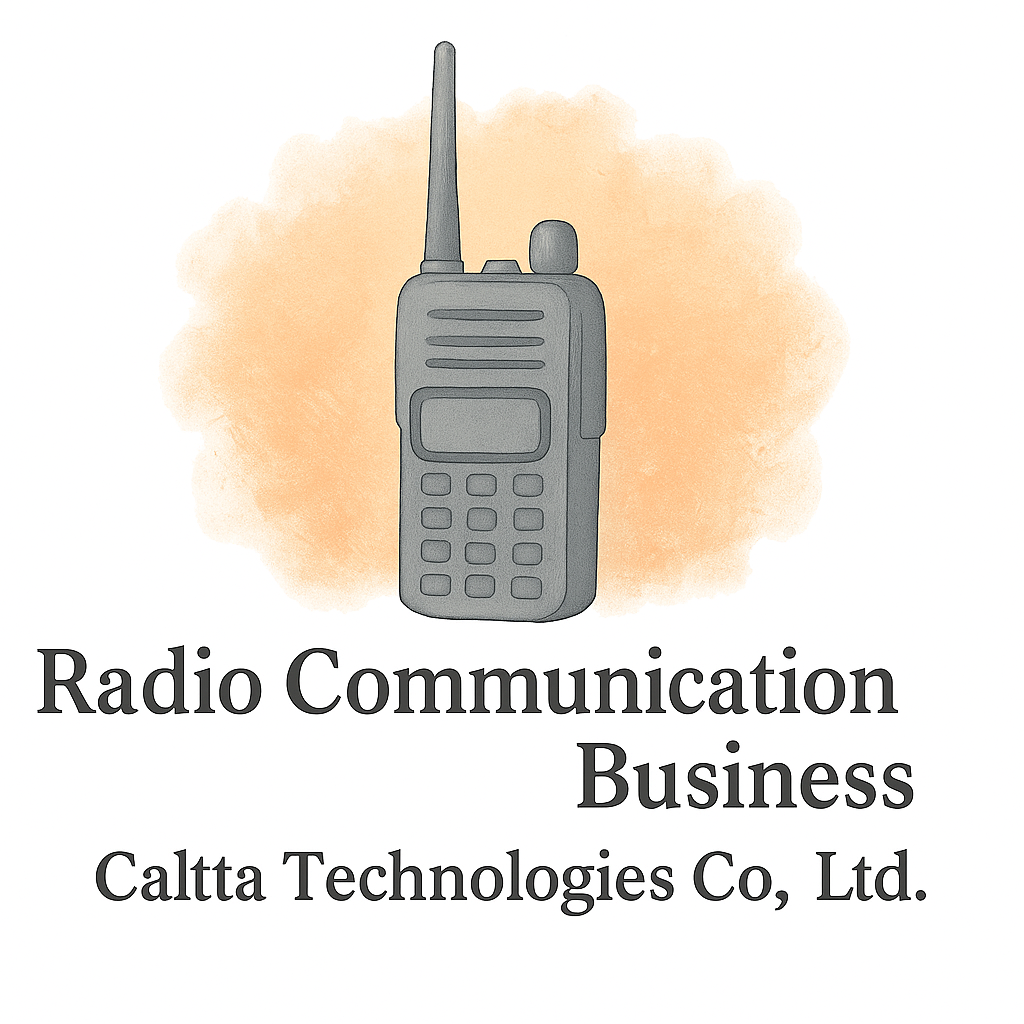Introduction to Radio Communication Services
Radio communication services are the lifeblood of industries that rely on reliable, real-time voice and data transmission—think security, emergency response, logistics, and construction. Whether it’s walkie-talkies on a job site or digital radio systems for corporate events, pricing models can make or break the business offering these services.
As communication tools evolve, providers need flexible pricing models that appeal to a diverse range of customers while covering operational costs and turning a profit. In this article, we’ll dive into 7 pricing models for radio communication services, helping you understand which one works best for your business and why.
Explore more about how to set up a business around communication services, from infrastructure to operations.
Why Pricing Models Matter in the Radio Communication Industry
You can’t just slap a price tag on your services and hope for the best. Your pricing model should reflect the value of your service, the expectations of your target market, and the flexibility required in various industries.
Here’s why getting your pricing model right matters:
- It impacts your brand positioning.
- It determines cash flow and profitability.
- It affects customer satisfaction and retention.
- It needs to align with equipment costs and technological upgrades (learn more here).
Now, let’s break down the most effective pricing strategies you can use.
1. Flat Rate Pricing
What Is Flat Rate Pricing?
Flat rate pricing is just what it sounds like—a single, unchanging fee for access to your radio communication services. Customers know exactly what they’re paying every month.
Pros and Cons of Flat Rate Pricing
Pros:
- Simple to explain and bill.
- Predictable income stream.
- Great for long-term customers.
Cons:
- Not ideal for variable usage.
- Can scare off light users.
If your customer base consists of consistent users like construction companies, flat rate pricing could be your golden ticket.
2. Tiered Pricing
Understanding Tiered Structures
Tiered pricing offers several service levels, each with different features or limits—like access to more channels, encrypted lines, or priority support. Think bronze, silver, and gold plans.
Best Use Cases for Tiered Pricing
This model is great when you’re serving businesses with different operational scales. It lets you cater to small teams while also accommodating large organizations with complex needs.
Check out some industry insights to better understand how companies adapt this pricing model for diverse needs.
3. Pay-As-You-Go Pricing
Ideal for Flexible Users
Pay-as-you-go pricing is perfect for customers who only use your service occasionally. Instead of paying a monthly fee, they’re charged based on actual usage—minutes, hours, or days.
How It Impacts Budget Management
This model appeals to budget-conscious clients who want full control over costs. It also minimizes complaints about paying for unused services. Dive into financial planning tips to optimize this pricing model from the provider’s standpoint.

4. Subscription-Based Pricing
Monthly vs. Annual Subscriptions
A popular pricing model in tech, this one charges customers on a monthly or annual basis. Discounts can be offered for long-term commitments.
Customer Retention Benefits
Subscription pricing encourages customer loyalty. Once someone’s locked into a monthly plan, they’re more likely to stay—especially if cancellation is a hassle or the value keeps increasing.
See how subscription models work alongside branding strategies for long-term growth.
5. Freemium Model with Add-Ons
What’s Included in the Free Tier?
This model gives users basic access to your radio communication service at no cost. Premium features like secure channels, higher bandwidth, or advanced analytics come at a price.
Monetizing with Add-Ons
Add-ons can include:
- Extra device connections
- Private communication lines
- Priority customer service
This model is trending in the tech startup world for good reason—it lets users sample your service risk-free while offering you upsell opportunities.
6. Usage-Based Pricing
Tracking Data or Time Usage
Here, customers are billed based on how much they use your service, whether by transmission time, number of users, or data transferred.
Industries That Prefer Usage-Based Pricing
Industries like event management and seasonal services prefer this model because of their irregular demand. You can even charge extra for high-traffic periods or after-hours support. Don’t miss these cost-saving hacks when structuring your offer.
7. Custom Quote Pricing
Tailored for Enterprises
This is for the big players. Custom pricing is based on individual client needs—equipment, number of users, encryption level, support hours, etc.
How to Effectively Implement Custom Quotes
Make sure your sales team:
- Understands the client’s industry.
- Knows how to bundle services effectively.
- Justifies costs with clear ROI.
This approach works best when selling to government agencies, large corporations, or events teams. Explore how to serve these sectors by aligning with event and conference opportunities.
Choosing the Right Pricing Model for Your Business
Factors to Consider: Audience, Budget, and Tech
When choosing your pricing model, ask yourself:
- Who is my target audience?
- What is their budget like?
- Are they long-term users or one-off clients?
- What equipment or tech is required?
- Will I need to comply with any laws or regulations?
Avoid pricing pitfalls by learning from other entrepreneurs’ mistakes and reading about regulatory compliance.
Final Thoughts
In the ever-evolving world of radio communication services, there’s no one-size-fits-all pricing model. Whether you’re launching a new venture or rethinking your existing pricing, the key is flexibility and customer-centric value. Test, adapt, and refine your pricing as your business grows.
Need help getting started? Explore everything from business setup basics to marketing, finance, and technology at Caltta International.
FAQs
1. What is the best pricing model for startups in radio communication?
Subscription and freemium models work well for startups due to predictable revenue and customer acquisition.
2. How do I decide between flat rate and usage-based pricing?
Flat rate suits steady users, while usage-based is better for clients with variable needs.
3. Are there any legal considerations when setting prices?
Yes, especially in regulated industries. Always check compliance requirements before launching.
4. Can I combine multiple pricing models?
Absolutely! Hybrid pricing is a common strategy—just make sure it’s clear and easy for customers to understand.
5. How do I promote my pricing plans effectively?
Use marketing and branding strategies to highlight the value of each plan.
6. Is tiered pricing more profitable than flat pricing?
It can be, especially if you serve clients with varying needs and budgets.
7. Where can I learn more about the radio communication industry?
Head over to Caltta’s industry insights for deep dives and expert guidance.


